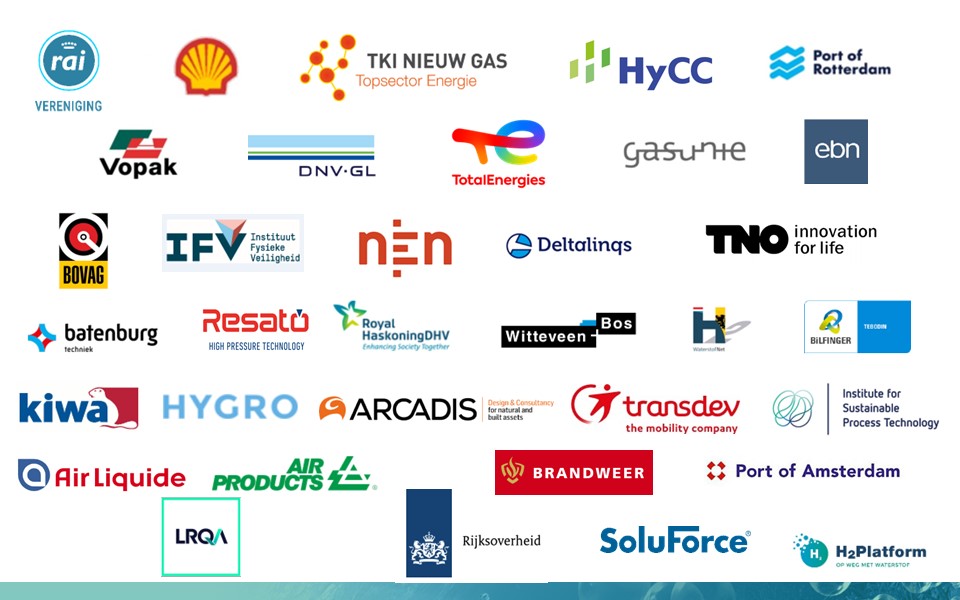Our work on safety (WVIP)
The Hydrogen Safety Innovation Program (WVIP)
NLHydrogen’s work around safety is done in the Hydrogen Safety Innovation Programme (WVIP). We initiated this program as NLHydrogen together with industrial parties, TKI New Gas, the Ministries of Economic Affairs and Climate, Infrastructure and Water Management and Justice & Safety. The goal is to ensure that there are clear rules, regulations, and manuals for the application of hydrogen. We are now working with over thirty parties including industrial parties, knowledge institutes, the Netherlands Institute for Public Safety (NIPV), Ministry of Infrastructure and Water management, local governments including environmental services and the Dutch ‘safety regions.’

Objective
The WVIP aims to enable and accelerate the widespread introduction of hydrogen, as an innovative and sustainable energy carrier. We do this by identifying and addressing potential risks and controlling risks by taking appropriate precautions.
Where we stand
The first steps of the WVIP were taken in 2018 with funding from RFO. After the participation of industrial parties and other partners and the award of a TKI grant for the entire WVIP work programme, the official kick-off took place on February 20, 2020. Working groups were formed with stakeholders from the entire chain and are now in full swing. All products of the WVIP, such as new manuals and protocols, will have a place on this website.
Themes and working groups.
The working groups within the WVIP are working on the following themes (documents only available in Dutch):
WP1 Hand-outs for licensing
We are providing guidelines that will make licensing as uniform as possible throughout the country. This facilitates and speeds up the process of granting permits, for administrators and officials as well as for applicants. Read more. Offering hydrogen at filling stations requires an understanding of the risks. To this end, a so-called HAZID (HAZard IDentification) study was conducted. Read more.
WP 2 Risk management and incident response
We ensure that emergency services as well as professionals working with hydrogen have all the information, they need to do their job safely and adequately. And to know what to do in the event of an emergency. Read more
WP 3 Legislation, regulations, and policy
We make recommendations for amending existing regulations and drafting new laws, regulations, and policies. Read more. The number of filling stations offering hydrogen is increasing rapidly. This development obviously requires proper information and guidance for all parties, Read more.
WP 4 Safety aspects and risks of hydrogen
We identify the possible safety risks associated with the production, storage, transport, and use of hydrogen. Based on this, we will determine what measures are necessary for the small and large-scale application of hydrogen. With wider application of hydrogen, its transportation also increases. WVIP has created a number of documents for this purpose, focusing on transportation. Read more
WP 5 Risk analysis for hydrogen use
For local production, transport, hydrogen refuelling stations, stationary use, bunkering and plant use, we perform risk analyses. For this purpose, we use the HAZID research method. Such as for hydrogen transport: read more. And specifically for hydrogen refuelling stations: Read more
WP 6 Lessons learned from (international) projects
We list and analyse relevant projects and research at home and abroad – both planned, ongoing, and implemented. We incorporate the lessons learned in all our activities.
Contact: Would you like to know more about the Hydrogen Safety Innovation Programme? Send an e-mail to info@nlhydrogen.
